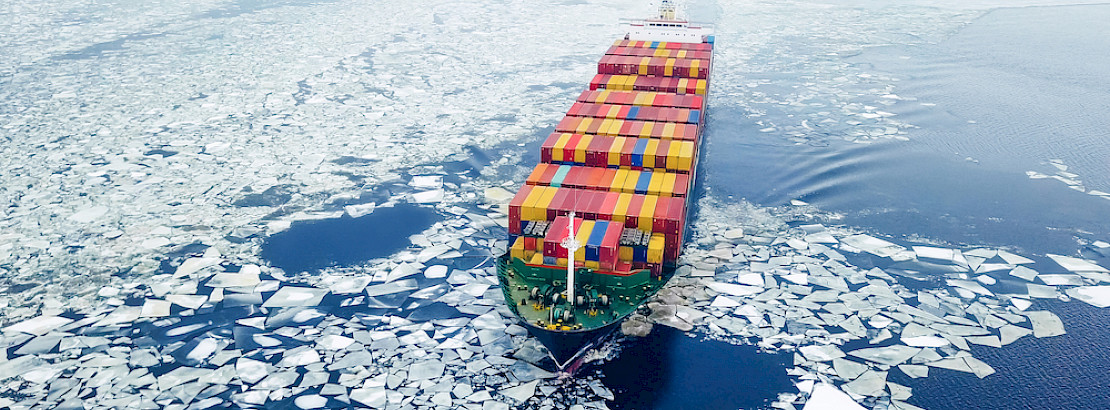Chinese freighter halves EU delivery time on maiden Arctic voyage to UK

A Chinese container ship has completed a pioneering journey through the Arctic to a UK port, state-run news agency Xinhua reported, cutting in half the usual transit time for the electric vehicles and solar panels aboard destined for Europe.
The Istanbul Bridge's maiden voyage, originally expected to take 18 days, was delayed by two days due to a storm off the coast of Norway but the ship still reached Europe earlier than the 40 to 50 days it takes freighters going through the Suez Canal or around the Cape of Good Hope.
The new Northern Sea Route, running entirely through Arctic waters and within Russia's exclusive economic zone, can now be navigated by ships due to global warming.
China is exploring speedier maritime links with the European Union - the world's third-largest economy - while in the middle of a costly trade war with the United States, the world's biggest consumer market. The push reflects Beijing's need to diversify its export markets to sustain growth in an economy heavily dependent on selling its manufactured goods overseas.
Exports to Europe rose an annual 14% in September, Chinese customs data shows, while shipments to the U.S. fell 27% over the same period.
Over the past four decades, the Arctic has warmed about four times faster than the global average, resulting in a dramatic reduction in sea ice and creating seasonal windows for commercial shipping.
But weather and sailing conditions along the Arctic passage can be unpredictable.
Carrying around 4,000 containers from the Chinese port of Zhoushan, the Istanbul Bridge docked in Felixstowe, Britain's largest container port, on Monday and was scheduled to make stops in Germany, Poland and the Netherlands, Xinhua said.
The ship is operated by Chinese-controlled container line Sea Legend, it said.
The company did not immediately respond to a Reuters request for comment.
In recent years Beijing has deepened maritime cooperation with Russia in Arctic waters, as China seeks an alternative shipping route to reduce its dependence on the Strait of Malacca in Southeast Asia.
Source: Reuters
- 10/21/2025
- Shipping News

